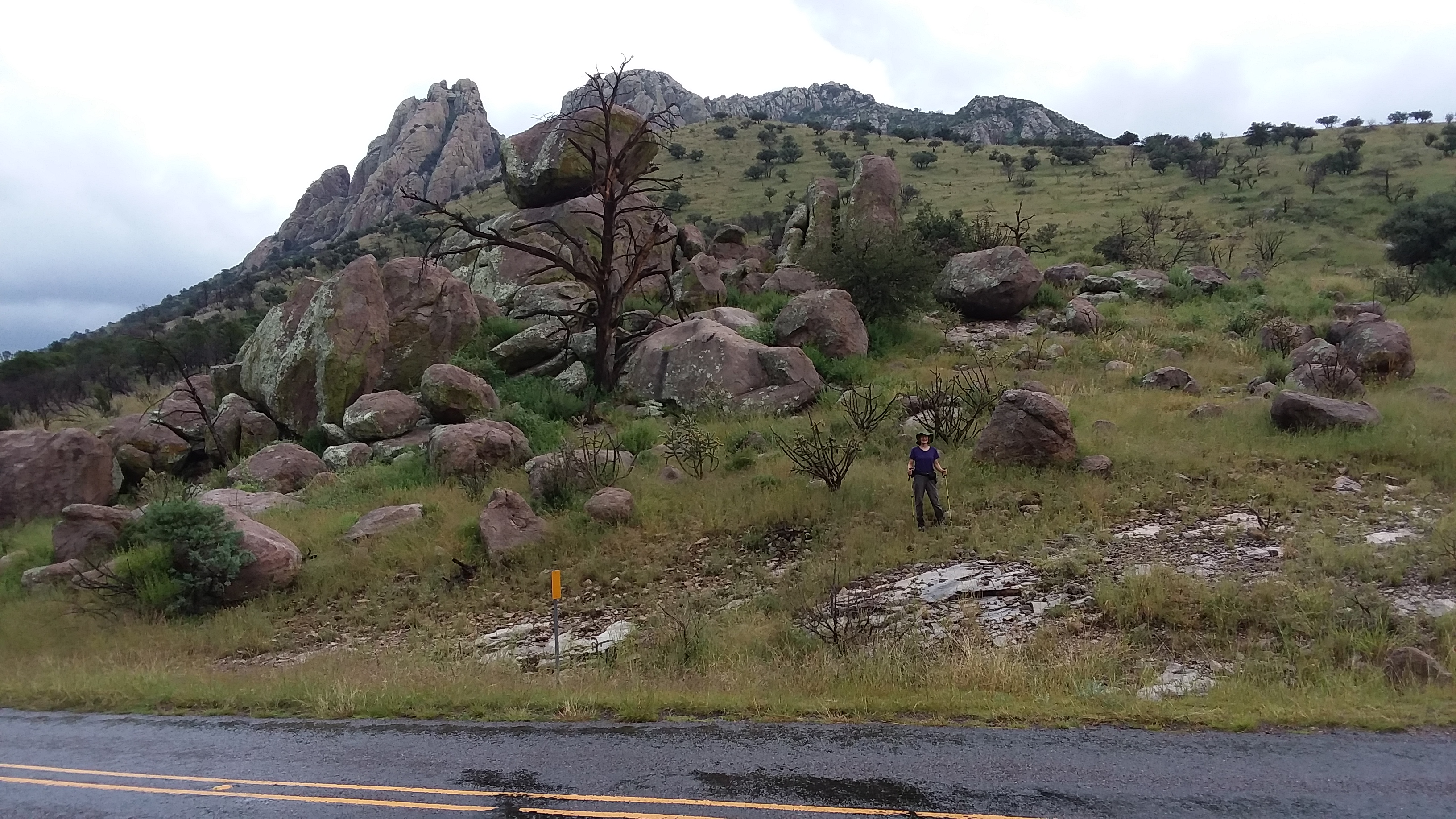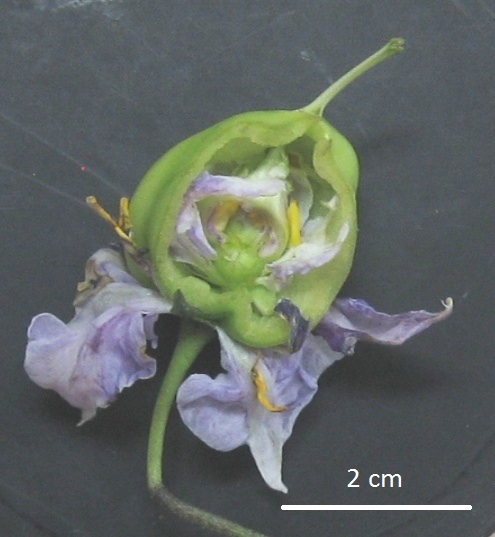Throughout 2021, as part of Potato Grower’s celebration of our 50th year in publication, we will be honoring in our pages and on our website 50 of the potato industry’s most innovative and influential individuals, companies and organizations over the past half-century. This “50 for 50” series will include researchers, salesmen, packers, processors and, of course, plenty of potato growers. A lot of them will be names you’ve heard before. To some, you’ll get a fresh introduction. Regardless, each has had an outsize impact on the U.S. potato industry, and each deserves our thanks and recognition. To view the full roster of “50 for 50” honorees, click here.
Part of the National Plant Germplasm System (NPGS), the U.S. Potato Genebank has for more than six decades collected and maintained a massive collection of potato genetics. Prior to 1950, potato breeding stocks were brought in by U.S. breeders on an individual basis, with little collaboration among researchers. But with the formation of the NPGS, potato scientists lobbied for a centralized program to acquire, classify, preserve, evaluate and distribute potato germplasm. Several breeders from Wisconsin were particularly passionate about the movement, so the state was awarded the genebank and ensuing responsibilities. It was decided the genebank should be built in Sturgeon Bay on Wisconsin’s Door Peninsula, removed from the state’s major potato production areas so as to avoid the virus pressure dreaded by any producer of high-generation seed.
The genebank’s inventory comprises some 5,000 populations of botanical seed and over 1,000 tissue culture clones. Those numbers include both established (Russet Burbank, Norland, Atlantic) and little-known (Alaska Frostless, Montanosa, Zarewo) cultivars of Solanum tuberosum, as well as more than 100 varieties of wild relatives like Solanum candolleanum, Solanum boliviense and Solanum andreanum. Keeping all that genetic material has more purpose to it than just compiling a long list of fun names; the genebank is constantly working to isolate genes that can prove useful to the U.S. potato market.

Researchers from the U.S. Potato Genebank take about 30 trips annually to the southwestern U.S. to collect and study two species of wild potatoes grown there. Shown here is a west Texas site known for its population of Solanum jamesii.
“Potato has about 100 species—more wild relatives that are accessible to breeding than any other crop,” says John Bamberg, who has served as the project leader in Sturgeon Bay since 1989. “At least 70 percent of new cultivar releases [in the U.S.] have exotic germplasm in their pedigrees. For many traits, like disease, pest and stress resistances, exotic germplasm has much greater extremes than found in the cultivar breeding pool.”
Though Bamberg and his colleagues sit on the bottom rung of the ladder that gets potatoes on people’s plates—a step before breeding, even—they are not naïve to the needs of growers and consumers. Industry needs and trends are at the forefront of their minds as they work to improve potatoes’ nutritional value and make them a more attractive choice for consumers.
“Our mantra is that we want to keep genes instead of genotypes,” says Bamberg. “We cannot afford to keep every genotype clonally, but we constantly remain intent on gathering and securing the maximum number of useful genes.”

The U.S. Potato Genebank is exploring the characteristics of the floral mutant “Matrioshka” in commercial potato.